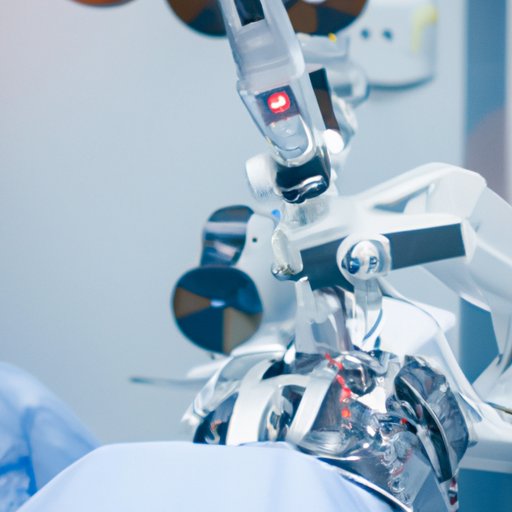Overview of the Da Vinci Robot: Exploring Its Uses in Surgery
The Da Vinci robot is a state-of-the-art surgical system that has revolutionized the way doctors can perform complex surgeries. The robot is designed to provide surgeons with greater precision, accuracy, and control during operations. It has become an invaluable tool for a range of medical procedures, from general surgery to gynecological and urological operations.
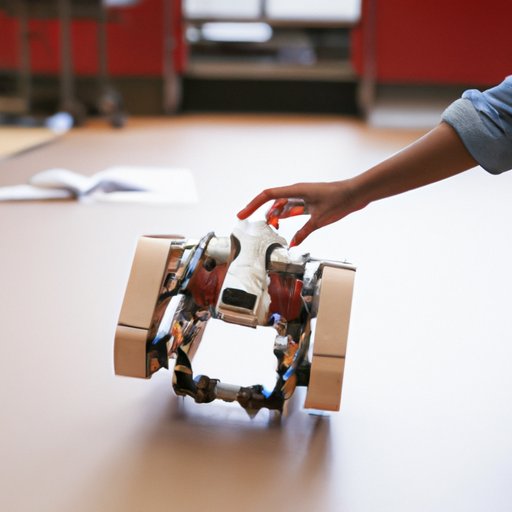
Introduction to the Da Vinci Robot
The Da Vinci robot was developed by Intuitive Surgical, Inc. and first approved by the U.S. Food and Drug Administration in 2000. Since then, it has been used in over 5 million surgeries worldwide. The robot consists of three main components: a console, arms, and instruments.
The console is where the surgeon sits during the operation. From here, the surgeon controls the robot’s arms and instruments. The arms have multiple joints that allow them to move in various directions, providing the surgeon with greater control and precision during the procedure. The instruments are attached to the arms and can be used to perform various tasks such as cutting, stitching, and cauterizing tissue.
Benefits of Using Robotic Surgery
Robotic surgery offers many advantages over traditional methods. According to a study by the American Association for Thoracic Surgery, robotic surgery is associated with “improved accuracy and precision, reduced risk of infection, increased efficiency and reduced procedure time, and improved patient outcomes.”
The Da Vinci robot’s enhanced visualization capabilities also allow surgeons to see more clearly during the operation. This improved visibility can help to reduce the risk of complications, such as excessive bleeding or tissue damage.
What Types of Surgeries Can Be Done With the Da Vinci Robot?
The Da Vinci robot can be used for a variety of surgical procedures. These include general surgery, gynecology, and urology. Some of the most common operations performed with the robot are hysterectomies, prostatectomies, and hernia repairs.
The Da Vinci robot is also being used to perform more complex procedures such as thoracic and cardiac surgeries. In addition, some surgeons are using the robot for bariatric procedures, including gastric bypass and sleeve gastrectomy.
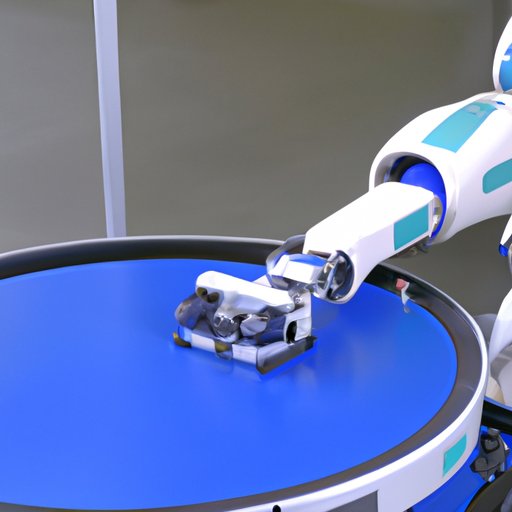
Robotics in Medicine: Examining the Benefits of the Da Vinci Robot
Robotic surgery offers many advantages over traditional methods. Here are just a few of the ways the Da Vinci robot is revolutionizing surgery:
Improved Accuracy and Precision
Robotic surgery provides unparalleled accuracy and precision. The robot’s arms are able to move with extreme precision, allowing the surgeon to make precise incisions and sutures. This can help to reduce the risk of complications and improve the overall outcome of the procedure.
Reduced Risk of Infection
Robotic surgery reduces the risk of infection by minimizing the number of incisions made during the operation. This can help to reduce the risk of post-operative infections and speed up recovery time.
Increased Efficiency and Reduced Procedure Time
The Da Vinci robot is extremely efficient and can help to reduce the amount of time spent on a procedure. This can help to reduce the cost of the operation and can also make it easier for patients to recover.
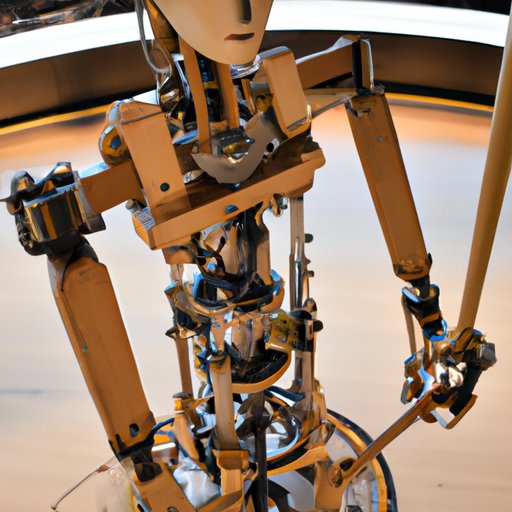
The Da Vinci Robot: A Guide to Understanding Its Technology
The Da Vinci robot is a sophisticated piece of medical equipment. Here is a look at its components and how it works:
Components of the Da Vinci Robot
The Da Vinci robot is composed of three main components: a console, arms, and instruments. The console is where the surgeon sits during the operation. From here, the surgeon can control the robot’s arms and instruments. The arms are equipped with multiple joints that allow them to move in various directions. The instruments are attached to the arms and can be used to perform various tasks such as cutting, stitching, and cauterizing tissue.
How the Robot Works
The Da Vinci robot is operated through a series of commands sent from the console. The surgeon uses special controls to manipulate the robot’s arms and instruments. The robot is designed to mimic the movements of the surgeon’s hands, allowing for greater accuracy and precision during the operation.
Advantages of Robotic Surgery Over Traditional Methods
Robotic surgery offers several advantages over traditional methods. The robot’s enhanced visualization capabilities allow surgeons to see more clearly during the operation. This improved visibility can help to reduce the risk of complications, such as excessive bleeding or tissue damage. The robot’s arms are able to move with extreme precision, allowing the surgeon to make precise incisions and sutures. Finally, robotic surgery reduces the risk of infection by minimizing the number of incisions made during the operation.
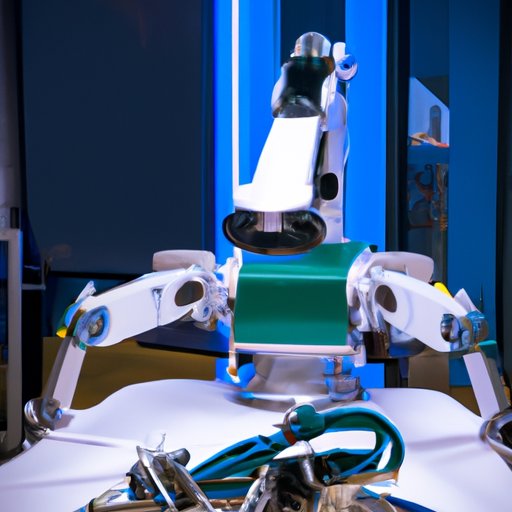
How the Da Vinci Robot is Revolutionizing Surgery
The Da Vinci robot is revolutionizing the way surgeons can perform complex operations. Here are just a few of the ways it is transforming the field of medicine:
New Opportunities for Minimally Invasive Procedures
The Da Vinci robot has opened up new possibilities for minimally invasive procedures. This type of surgery is less invasive than traditional methods and can help to reduce pain and recovery time for patients. It can also reduce the risk of complications and improve the overall outcome of the procedure.
Improved Patient Outcomes
Robotic surgery has been associated with improved patient outcomes. Studies have shown that robotic surgery is associated with fewer complications and shorter hospital stays. This can lead to better long-term health outcomes for patients.
Increased Access to Specialized Care
The Da Vinci robot has made it possible for surgeons to perform complex operations in remote locations. This has increased access to specialized care for patients who may not otherwise have access to these types of procedures.
A Comparison of Traditional and Robotic Surgery Techniques Using the Da Vinci Robot
Robotic surgery offers many advantages over traditional methods. Here is a comparison of the two techniques:
Advantages of Robotic Surgery Over Traditional Methods
- Enhanced visualization capabilities.
- Greater accuracy and precision.
- Reduced risk of infection.
- Increased efficiency and reduced procedure time.
- Improved patient outcomes.
Disadvantages of Robotic Surgery
- High cost of the equipment.
- Potential for decreased tactile feedback.
- Longer learning curve for surgeons.
Conclusion
The Da Vinci robot is revolutionizing the way surgeons can perform complex operations. It offers a range of advantages over traditional methods, including enhanced visualization capabilities, greater accuracy and precision, reduced risk of infection, increased efficiency and reduced procedure time, and improved patient outcomes. While there are some drawbacks to robotic surgery, such as the high cost of the equipment and the potential for decreased tactile feedback, its many benefits make it an invaluable tool for surgeons around the world.
(Note: Is this article not meeting your expectations? Do you have knowledge or insights to share? Unlock new opportunities and expand your reach by joining our authors team. Click Registration to join us and share your expertise with our readers.)
